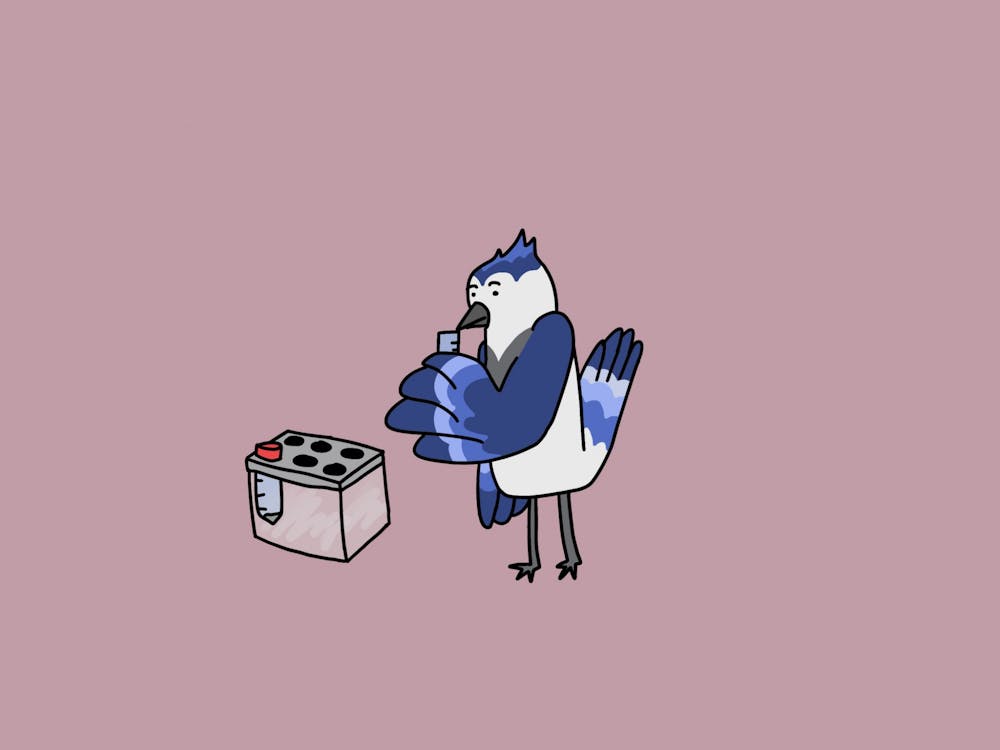Just about a week ago, the University announced its plans for the coming fall semester. Finally, it seems, we are returning to some level of normalcy. More than a third of Americans have already received their first vaccine dose. After a long and difficult year, this is news to celebrate.
Some may argue that this return to normalcy comes despite the University’s actions. However, this argument requires us to blame Hopkins for its failure to foresee the unforeseeable. Instead, we should focus on the end state: To date, Hopkins has accomplished its goal of preventing any major community transmission in Baltimore or beyond.
Few would point to the University’s initial response to COVID-19 as an example of clear communication and total preparedness. The administration’s actions, however, were constrained by the rapidly-evolving and unpredictable situation. On March 10, 2020, the University announced that all classes would be moved to remote instruction and discouraged students from remaining on campus following spring break. The News-Letter’s coverage of this announcement clearly shows students’ frustration with the University’s abrupt decision.
Yet, when we look closer at the global situation, it’s clear that Hopkins was acting in line with its peer institutions. The first major university in the U.S. to cancel classes, the University of Washington, did so on March 6, as Washington state was an early hotspot for COVID-19 transmission. Most other major universities in other areas of the country did not announce a move to remote learning until at least March 10. Perhaps Hopkins could have announced the possibility of a shift to remote instruction earlier, but, of course, there was no established procedure for how to respond to a global pandemic.
The most legitimate criticism exists in the University’s very late announcement regarding the fall semester. In April of last year, the country had dropped below its first peak of around 38,000 new cases per day. In June, Hopkins promised a hybrid fall semester. As we all know, Hopkins did not reopen; only a few weeks before classes were scheduled to begin, students received an email announcing an entirely virtual semester.
While the University’s communication in this period was suboptimal, we should give credit to Hopkins for making an intelligent and informed decision even when the University’s leaders likely recognized the consequences that such a late announcement could bring. This unpopular choice prevented what could have been a disastrous few months for both Hopkins and the Baltimore community as a whole.
Throughout the spring semester, we have seen improved and proactive communication. Hopkins has taken efforts to support students through the hybrid semester, offering an abundant supply of masks, mandating frequent asymptomatic saliva testing and managing to offer some level of in-person activity.
When Hopkins suffered an outbreak at the start of the spring semester due to the irresponsible choices of a few undergraduate students, the University responded quickly. Its swift action meant campus activity was only limited for one week. Since increasing the frequency of asymptomatic testing from twice-weekly to thrice-weekly, Hopkins has had only about 10 cases per week, roughly in line with — if not better than — peer institutions, like Georgetown University and the University of Pennsylvania.
The pandemic has forced the modification of countless plans and required an incredible level of flexibility from administrators, faculty, graduate students and undergraduates. It isn’t surprising, therefore, that one of the most common complaints across the Hopkins community has been a lack of transparency from key decision makers. If Hopkins had been more communicative from the earliest part of the pandemic, many difficulties students and their families faced could have been avoided. While still not quite achieving perfection, the University has made great progress in the areas where it fell short previously.
Hopkins has also taken steps to address the unique challenges posed by the pandemic to students with disabilities, students with mental health concerns and for the first-generation, limited-income (FLI) community.
Student Disability Services has moved online, offering virtual appointments, allowing online registration for accommodation and helping faculty deal with challenges that come with remote learning. Similarly, the Counseling Center now offers all of its pre-pandemic services virtually, even hosting pandemic-focused workshops. Recognizing the difficulties that FLI students may be facing, Hopkins also released a detailed guide to University and community services and is providing additional aid upon request to students suffering financial hardship.
University leadership has learned from the challenges that Hopkins faced early in the pandemic. This is indeed a time for cautious optimism. If the Hopkins community can finish out this semester safely and get vaccinated before next semester, we may well be able to say goodbye to this tragic and historic period. And while some criticism is not unwarranted, we owe some gratitude to the University administration for making choices in line with public health recommendations and doing their best to support students in an incredibly difficult time.
Will Edmonds is a junior from New York City studying Political Science and Economics. He is a staff writer for The News-Letter and the vice president of Public Policy Consulting at Hopkins.





